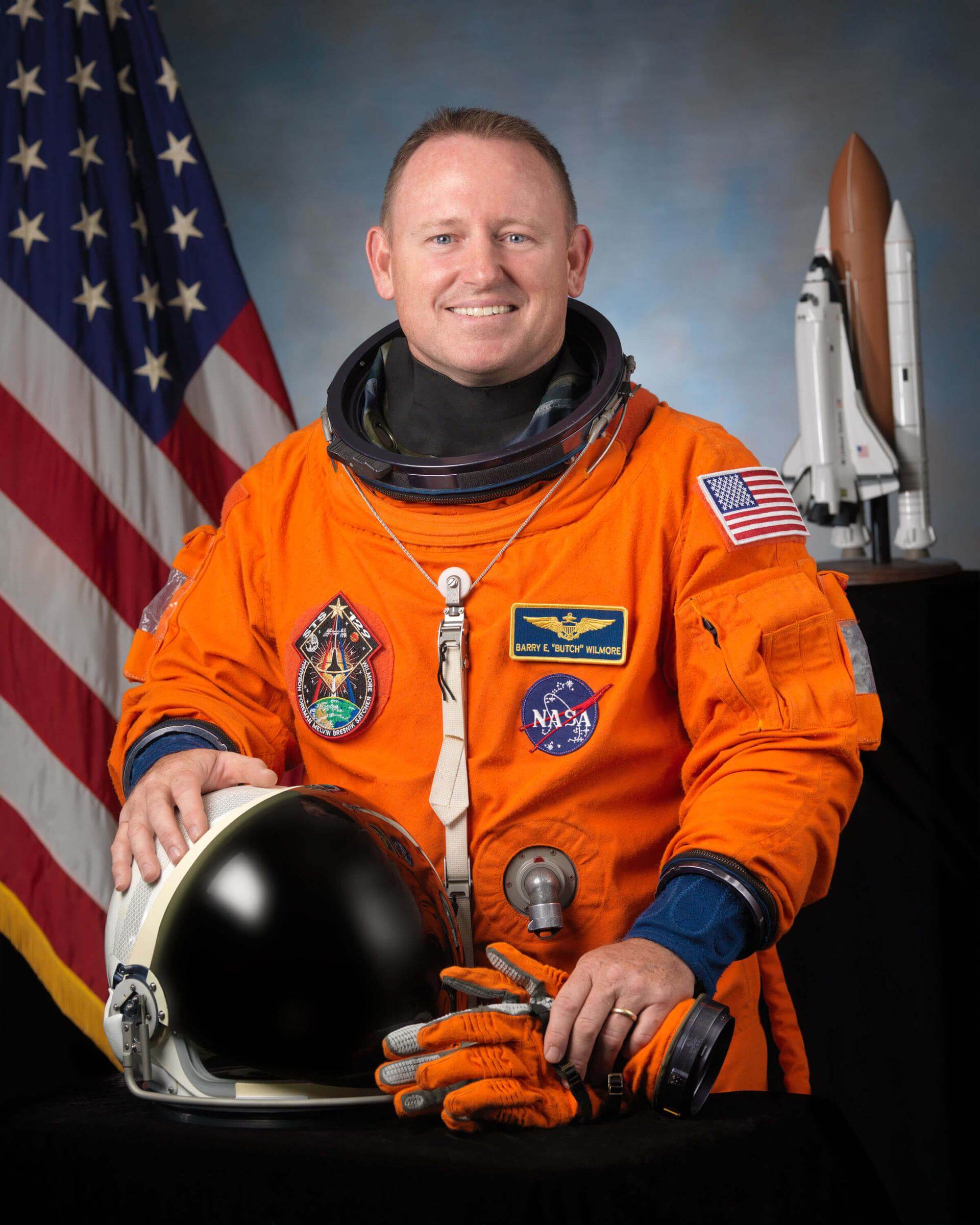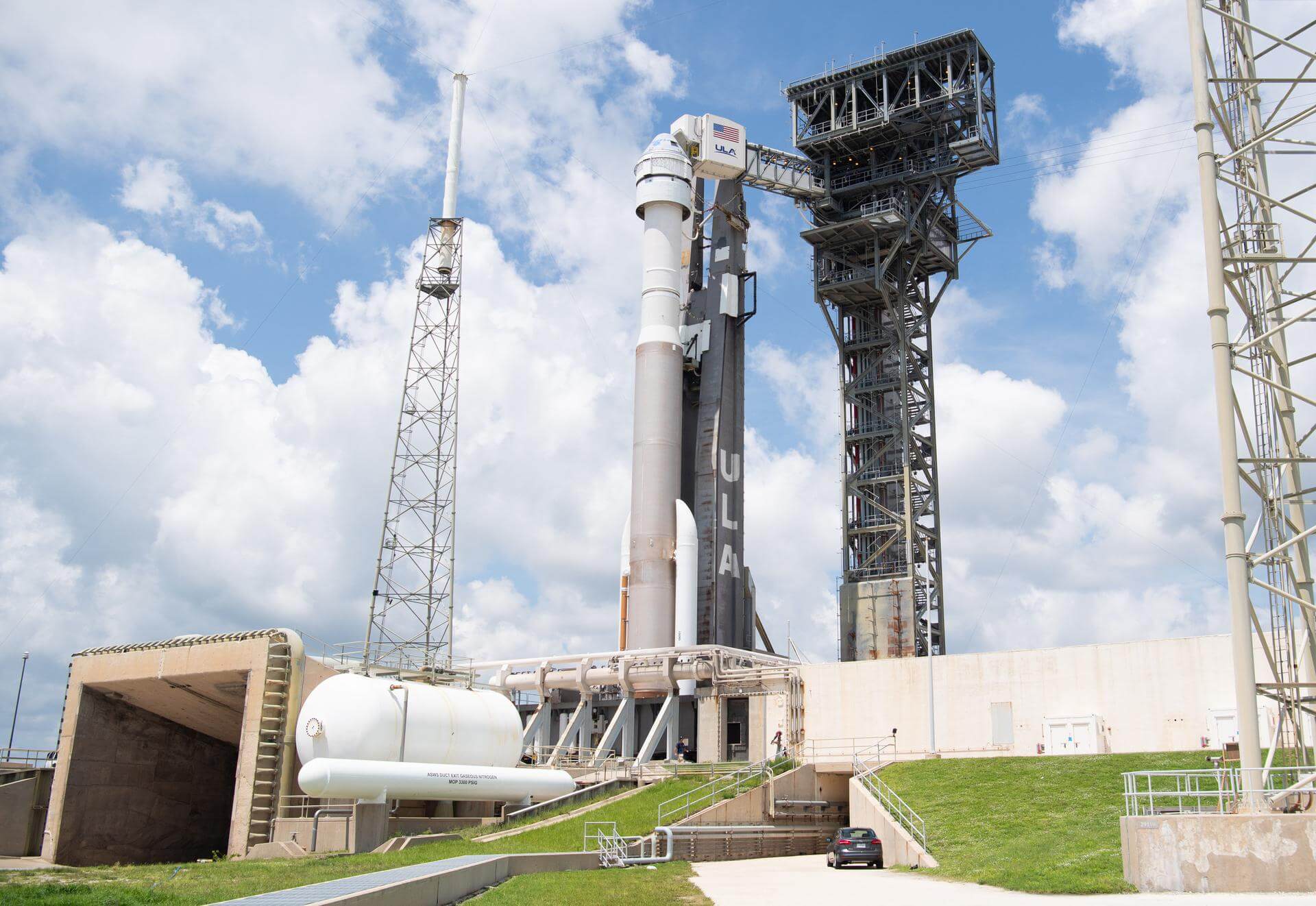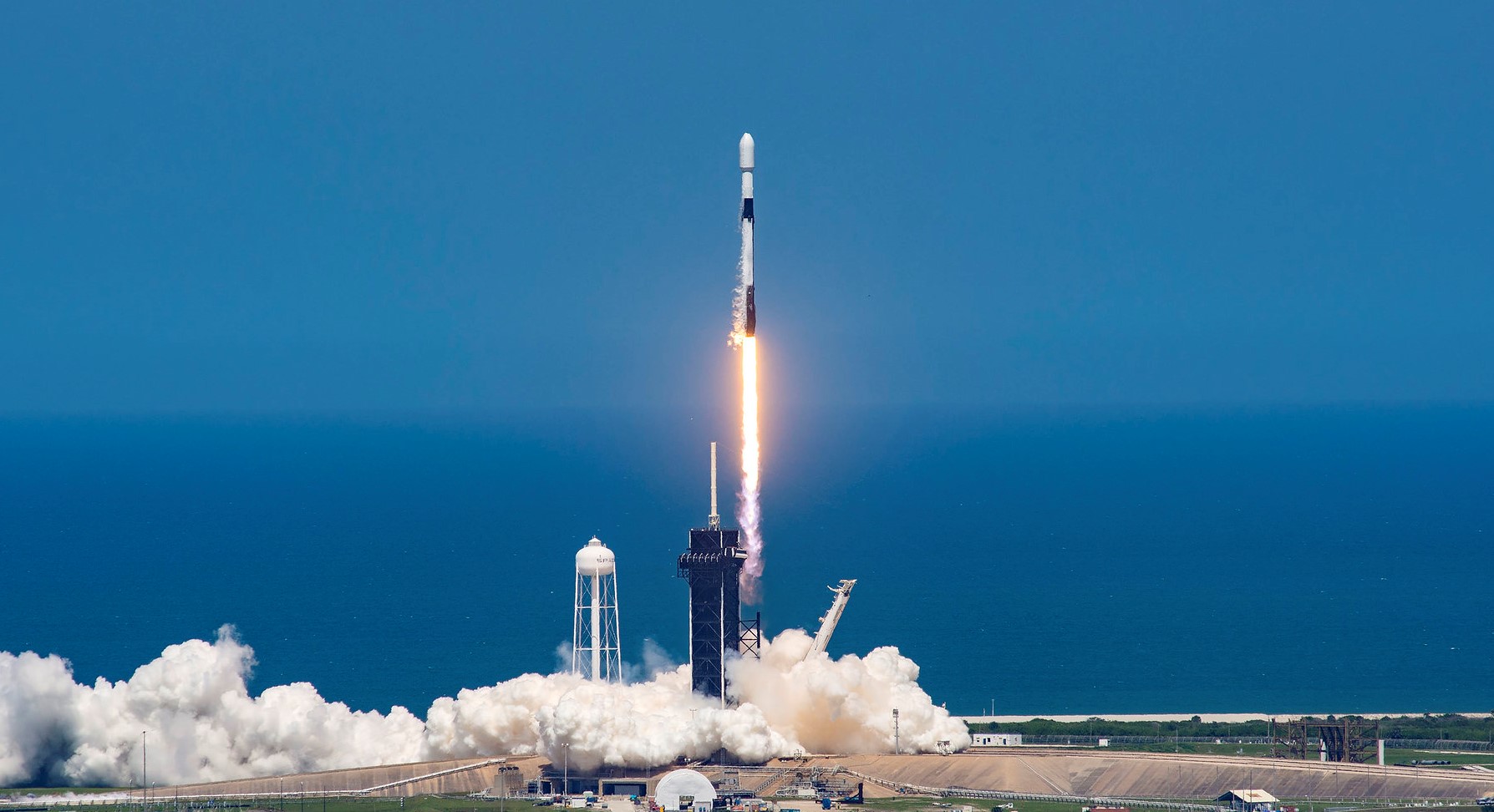Barry E. Wilmore
American - (NASA)
Retired
Date of Birth: Dec. 29, 1962
Age: 63
Barry Eugene "Butch" Wilmore is a NASA astronaut and United States Navy test pilot. He has had two spaceflights, the first of which was an 11-day Space Shuttle mission in November 2009, to the International Space Station. Wilmore was designated as pilot with five other crew members on Space Shuttle Atlantis for the mission STS-129. He most recently served as part of Expedition 41 to the International Space Station. Prior to being selected as a NASA astronaut in July 2000, Wilmore was an experienced Navy test pilot. He also participated in the development of T-45 Goshawk trainer jet.
Space Shuttle Atlantis / OV-104 | STS-129
National Aeronautics and Space Administration | United States of AmericaKennedy Space Center, FL, USA
Nov. 16, 2009, 7:28 p.m.
Status: Success
Mission:
STS-129 (ISS assembly flight ULF3) was a NASA Space Shuttle mission to the International Space Station (ISS) flown by Atlantis. STS-129 focused on staging spare components outside the station. The 11-day flight included three spacewalks. The payload bay carried two large ExPRESS Logistics Carriers holding two spare gyroscopes, two nitrogen tank assemblies, two pump modules, an ammonia tank assembly, a spare latching end effector for the station's robotic arm, a spare trailing umbilical system for the Mobile Transporter, and a high-pressure gas tank. STS-129 was the first flight of an ExPRESS Logistics Carrier.
Low Earth OrbitSoyuz FG | Soyuz TMA-14M
Progress Rocket Space Center | RussiaBaikonur Cosmodrome, Republic of Kazakhstan
Sept. 25, 2014, 8:25 p.m.
Status: Success
Mission:
Soyuz TMA-14M begins expedition 41 by carrying 3 astronauts and cosmonauts to the International Space Station. Russian Commander, cosmonaut Aleksandr Samokutyayev alongside Flight Engineers, Yelena Serova (RSA) & Barry E. Wilmore (NASA) will launch aboard the Soyuz spacecraft from the Baikonur Cosmodrome in Kazakhstan and then rendezvous with the station. It landed on 12 March 2015 02:07 UTC
Low Earth OrbitAtlas V N22 | CST-100 Starliner Crewed Flight Test
United Launch Alliance | United States of AmericaCape Canaveral SFS, FL, USA
June 5, 2024, 2:52 p.m.
Falcon 9 Block 5 | Crew-9
SpaceX | United States of AmericaCape Canaveral SFS, FL, USA
Sept. 28, 2024, 5:17 p.m.
The National Aeronautics and Space Administration is an independent agency of the executive branch of the United States federal government responsible for the civilian space program, as well as aeronautics and aerospace research. NASA have many launch facilities but most are inactive. The most commonly used pad will be LC-39B at Kennedy Space Center in Florida.
Falcon 9
CSG-3
Space Launch Complex 4E - Vandenberg SFB, CA, USACSG-3 is an Earth observation satellite for the Italian Space Agency, part of a reconnaissance constellation using synthetic aperture radars operatin…
Long March 7A
Shijian 29 A-B
201 - Wenchang Space Launch Site, People's Republic of China2 satellites officially described as for "demonstration of new technologies for spatial targets detection" purposes.
Long March 4B
Tianhui 7
Launch Area 94 (SLS-2 / 603) - Jiuquan Satellite Launch Center, People's Republic of ChinaA satellite officially described as for cartography purposes, details TBD.
Soyuz 2.1b/Fregat-M
AIST-2T 01 & 02
Cosmodrome Site 1S - Vostochny Cosmodrome, Siberia, Russian FederationA pair of Russian optical Earth observation satellites built by the Progress Rocket Space Centre for obtaining stereo images of the Earth's surface, …
Long March 3B/E
Fengyun-4C
Launch Complex 2 (LC-2) - Xichang Satellite Launch Center, People's Republic of ChinaChina's geostationary meteorological satellite program FY-4 (Feng Yun 4) is the second generation of chinese geostationary meteorological satellites.






